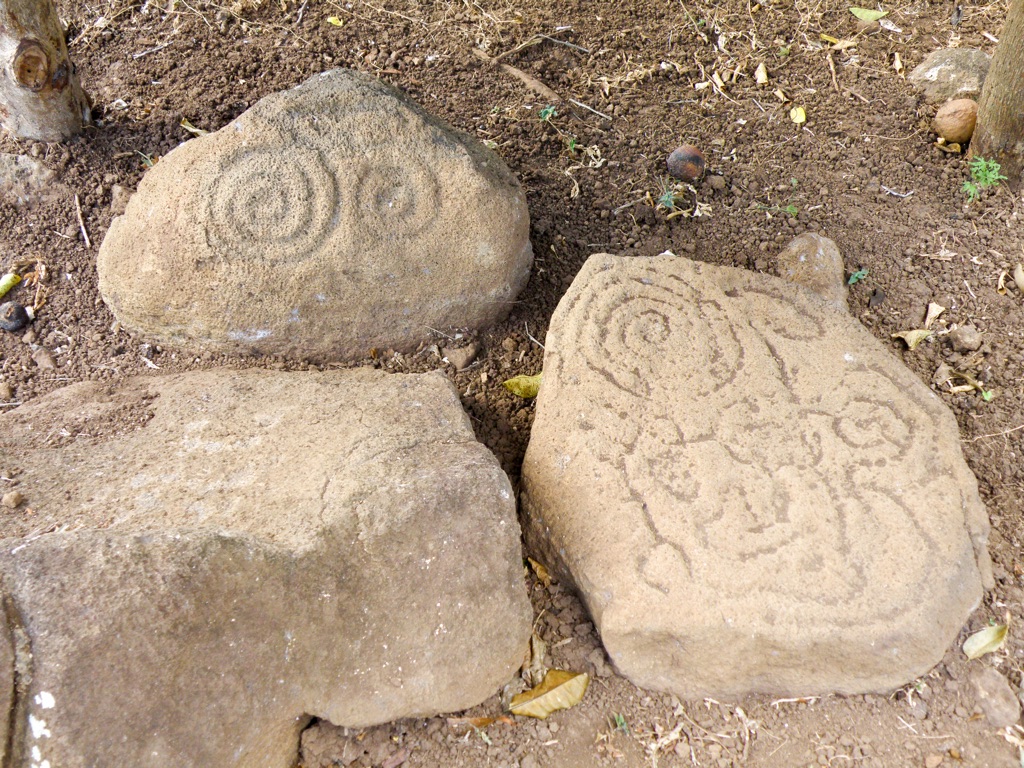The Ometepe Petroglyphs are a collection of ancient rock carvings found on Ometepe Island in Lake Nicaragua. These petroglyphs are significant due to their quantity, quality, and the light they shed on the island’s pre-Columbian inhabitants. They depict a variety of images, including spirals, abstract forms, and human-like figures, suggesting a rich cultural and religious life. The petroglyphs are scattered across the island, with some located in remote areas, making them a subject of intrigue and study for archaeologists and historians alike.
Get your dose of History via Email
Historical Background of Ometepe Petroglyphs
The Ometepe Petroglyphs were first documented in the 19th century, but their existence was known to locals long before. They were created by the indigenous Nahuatl people who inhabited the island before the Spanish conquest. The exact dates of their creation are still debated, but they are believed to be several centuries old. Ometepe Island has been a significant site throughout history, serving as a home to various cultures and as a strategic location for trade and settlement.
Archaeologists have been studying the petroglyphs since their discovery, but many aspects of their history remain shrouded in mystery. The island itself has been inhabited since as early as 2000 BC. The Nahuatl people, who were skilled farmers and fishermen, left behind these enigmatic carvings. There is no record of any major historical events occurring at the petroglyph sites, but they are considered sacred by the local community.
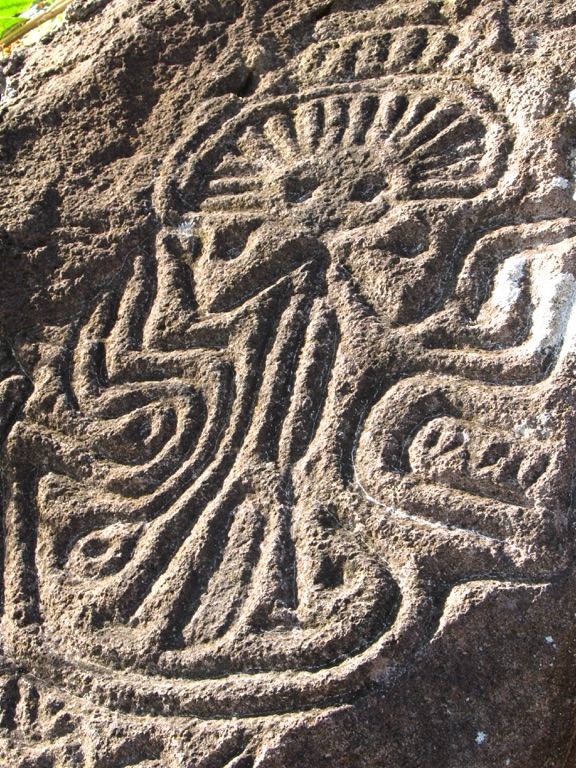
The discovery of the petroglyphs has not been attributed to a single individual. Instead, they have been gradually documented by various explorers and researchers over time. The island has seen a succession of inhabitants, including the Chorotega and Niquirano cultures, and later the Spanish colonizers. However, the petroglyphs are distinctly linked to the indigenous peoples of the region.
While the petroglyphs have not been the scene of any known historically important events, they offer a window into the spiritual and daily life of the island’s ancient inhabitants. The carvings are found in locations that suggest they had ceremonial significance, possibly related to fertility rites or astronomical observations. The island’s strategic position in Lake Nicaragua also made it a crossroads for trade and cultural exchange, which may have influenced the petroglyphs’ designs.
Today, the Ometepe Petroglyphs are protected as part of Nicaragua’s cultural heritage. They continue to be a focus of research and conservation efforts. The petroglyphs attract scholars and tourists alike, who come to marvel at these ancient artworks and ponder the lives of the people who created them.
About Ometepe Petroglyphs
The Ometepe Petroglyphs are etched into the volcanic rock that makes up much of Ometepe Island. The carvings vary in complexity, from simple circles and dots to intricate geometric patterns and zoomorphic figures. The most common motifs include spirals, which are thought to represent cosmic or natural cycles, and anthropomorphic figures, which may depict deities, ancestors, or shamans.
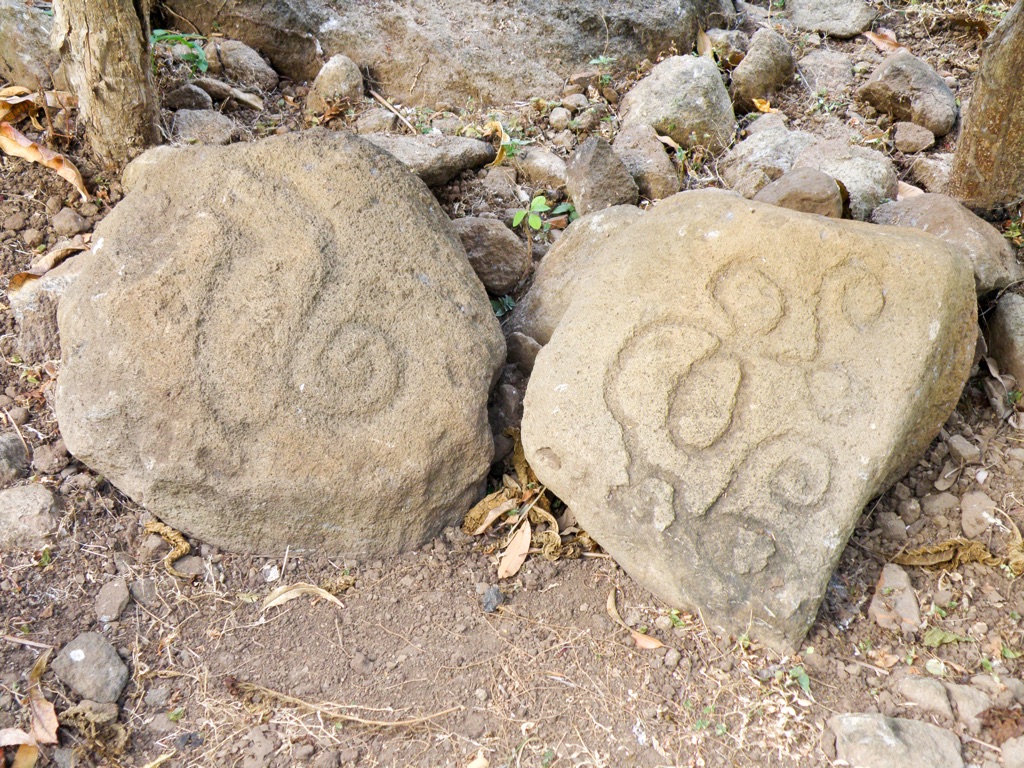
The methods used to create these petroglyphs involved stone tools to chip away at the rock surface. This technique required patience and skill, indicating the carvers were likely specialists. The volcanic rock’s hardness ensured the petroglyphs’ longevity, allowing them to survive the tropical climate’s wear and tear.
There are no known records of the petroglyphs’ construction, but their design and placement suggest a deep understanding of the local geography and astronomy. Some petroglyphs are located in positions that align with solar events, such as solstices and equinoxes, hinting at their possible use in calendrical systems or rituals.
The petroglyphs do not form a single cohesive group but are scattered across the island, often found near water sources or along ancient pathways. This distribution suggests they served multiple purposes, possibly marking territories, sacred spaces, or serving as waypoints for travelers.
Despite the tropical weathering and the growth of lichen on some of the carvings, many of the petroglyphs remain in remarkable condition. Efforts to preserve them include documenting their locations, educating the public about their significance, and preventing damage from human activity and natural erosion.
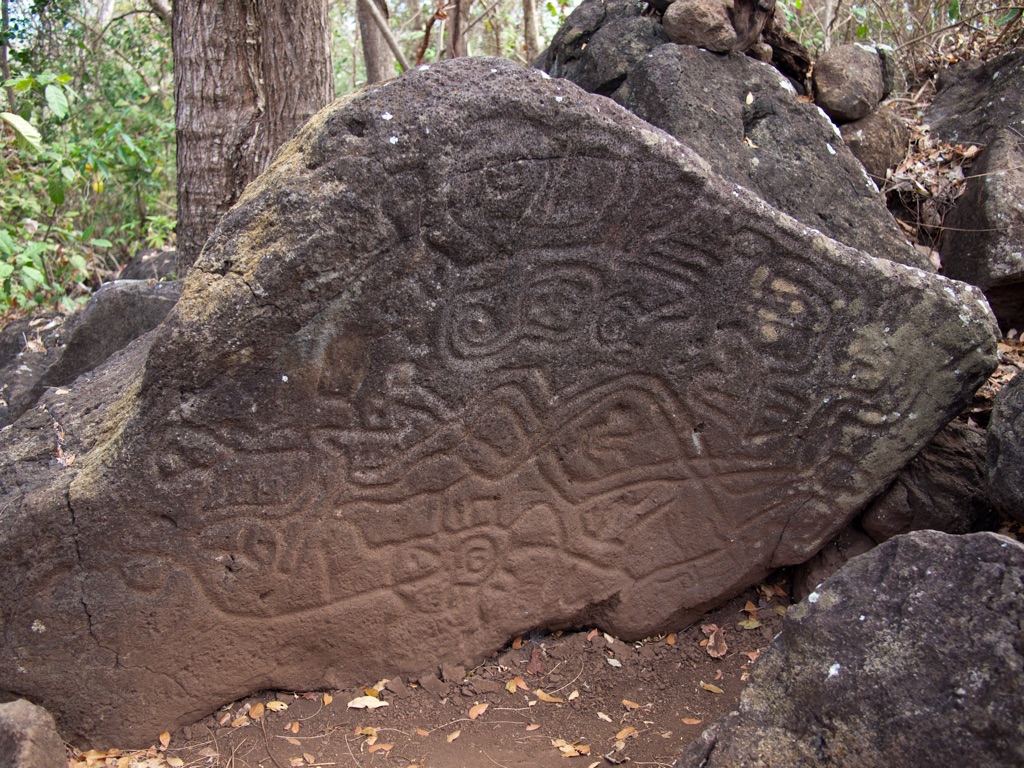
Theories and Interpretations
The Ometepe Petroglyphs have sparked numerous theories about their purpose and meaning. Some researchers suggest they were used for religious or ceremonial purposes, serving as focal points for rituals or as portals to the spiritual world. The recurring spiral motif, for example, is often interpreted as a symbol of eternity or the cycle of life and death.
Other theories propose that the petroglyphs had practical uses, such as marking territories or resources. The presence of carvings near water sources supports this idea, as they could have indicated important gathering spots for the community. The anthropomorphic figures might represent tribal leaders or mythological ancestors, serving as a link between the present and the past.
Mysteries still surround the petroglyphs, particularly regarding the identity of the carvers and the exact reasons for their creation. While the indigenous Nahuatl people are the most likely creators, there is no direct evidence linking them to the carvings. The lack of written records from the period makes it difficult to confirm any theories definitively.
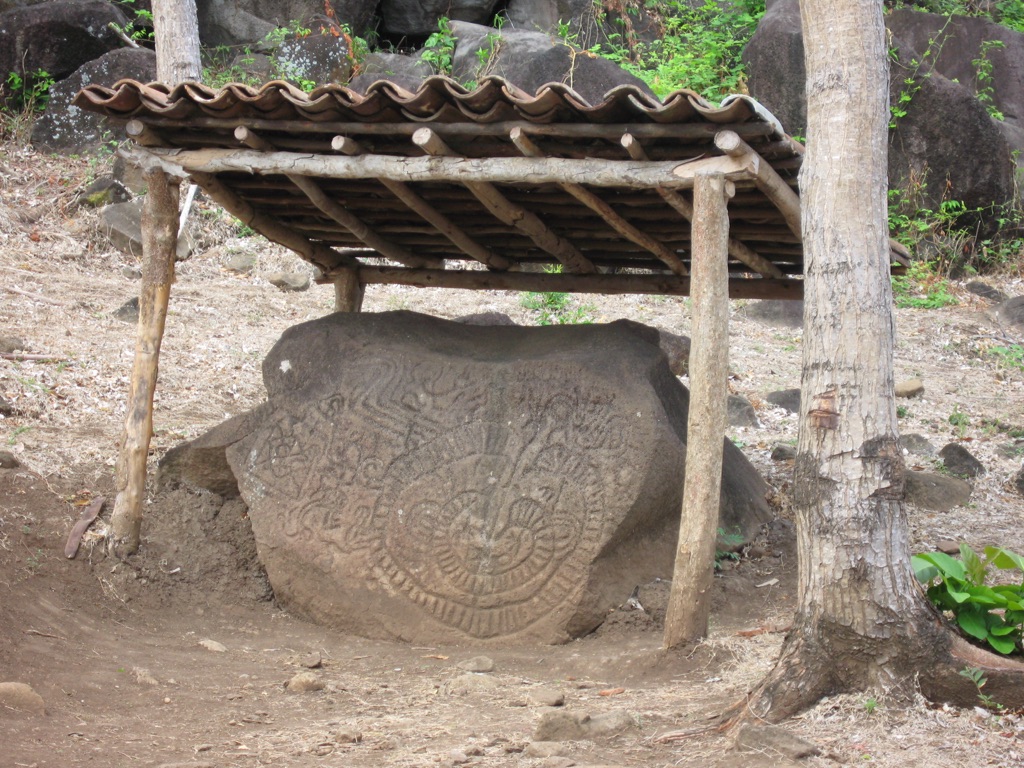
Historical records and archaeological findings have been used to interpret the petroglyphs, but much of their meaning remains speculative. The carvings’ abstract nature allows for multiple interpretations, and without a Rosetta Stone to provide definitive answers, each petroglyph can tell a different story depending on the viewer.
Dating the petroglyphs has been challenging, but various methods, including stratigraphy and comparative analysis with other Mesoamerican sites, have been employed. These techniques suggest the carvings were made over a long period, with some possibly dating back to 1000 BC or earlier. However, precise dating remains elusive due to the carvings’ resistance to weathering and the lack of organic material for radiocarbon dating.
At a glance
Country: Nicaragua
Civilization: Nahuatl and other indigenous cultures
Age: Estimated to date back to at least 1000 BC

